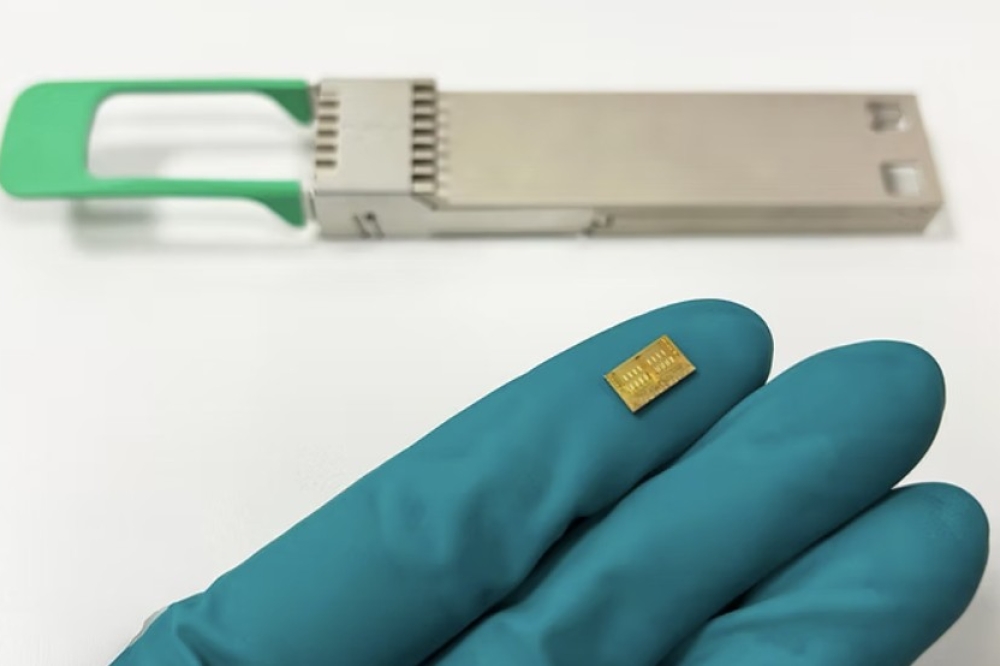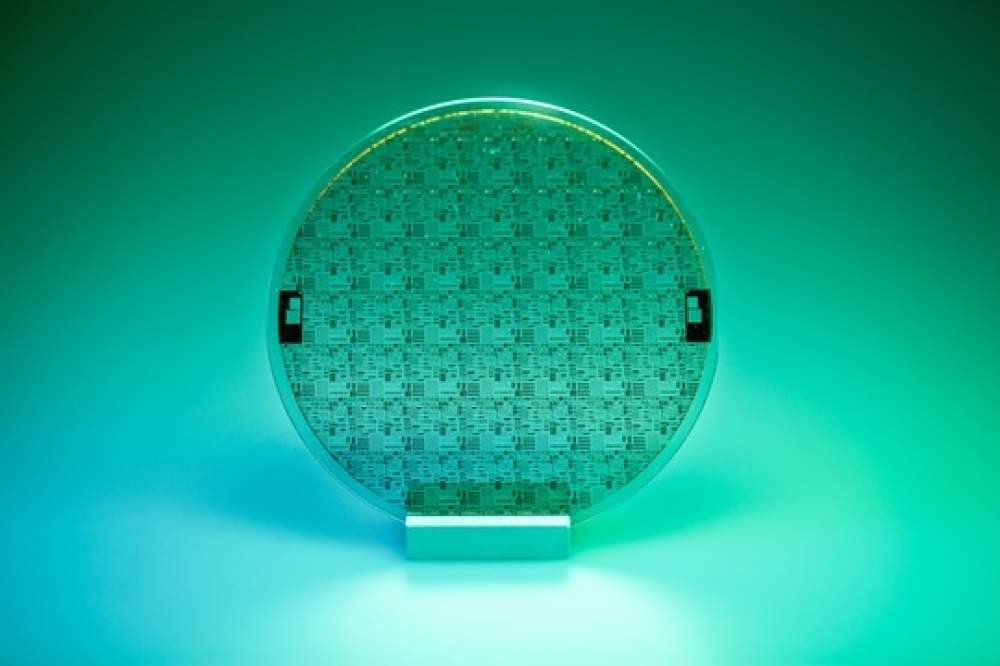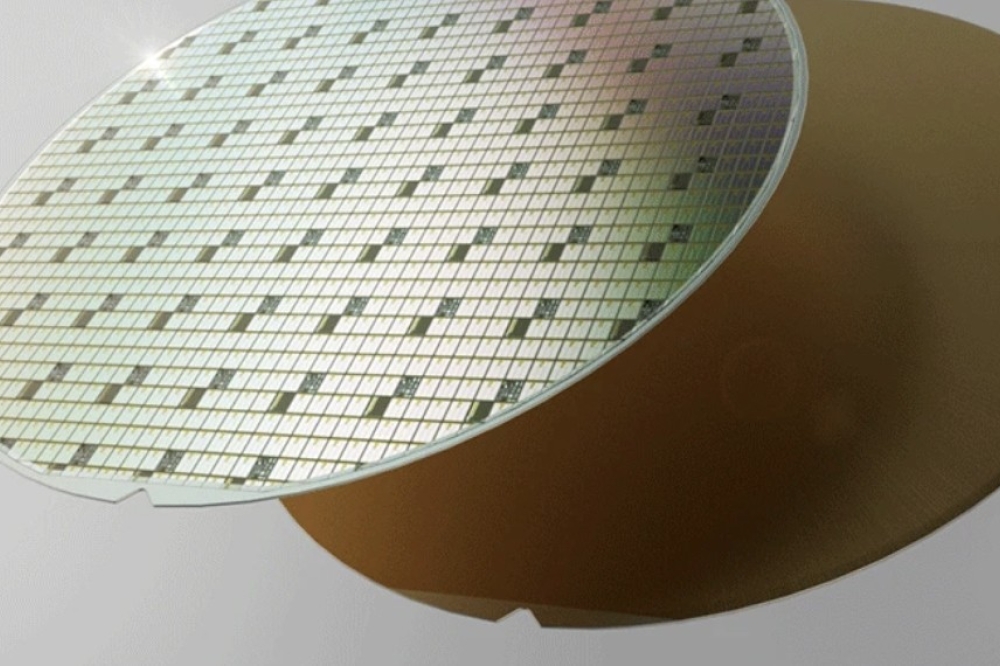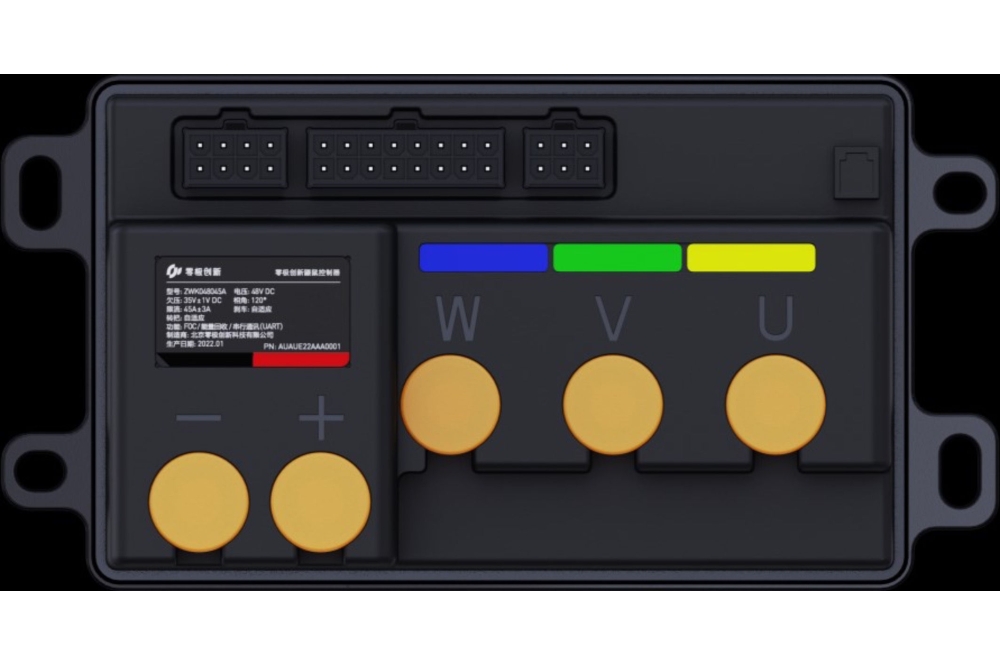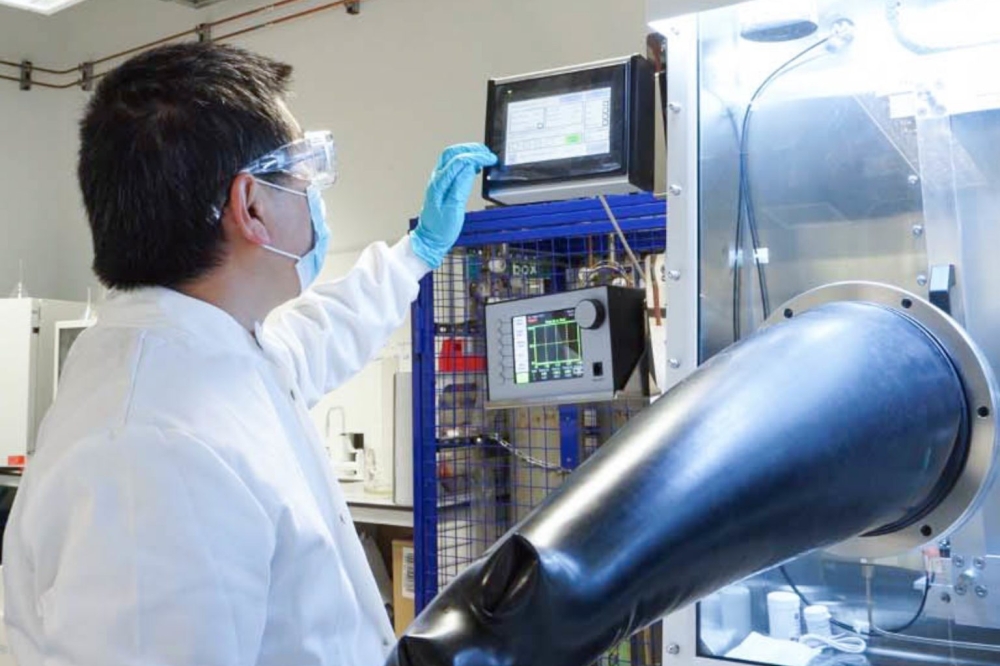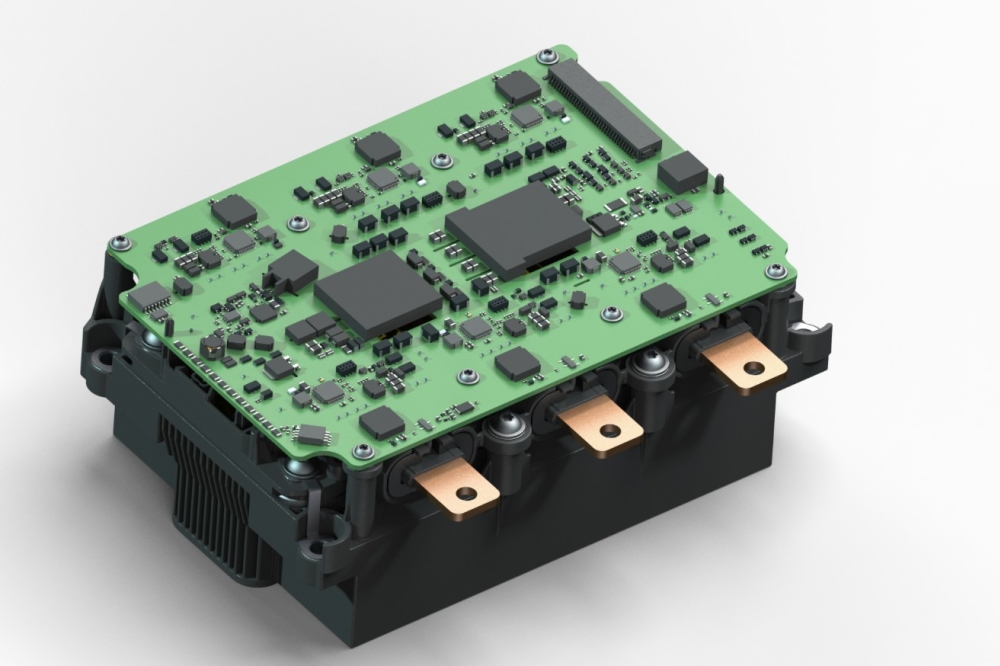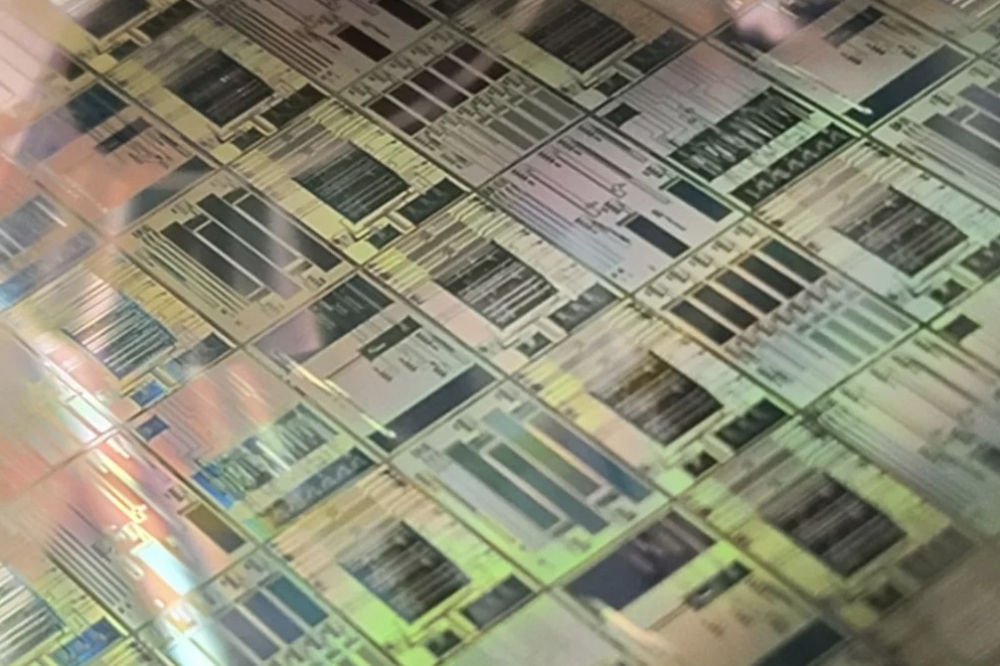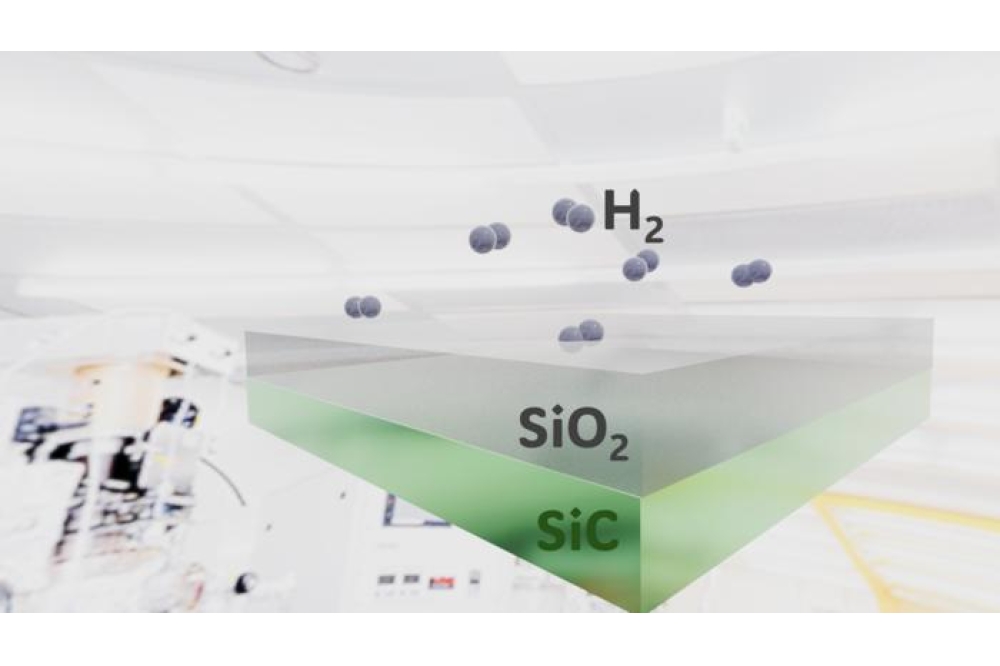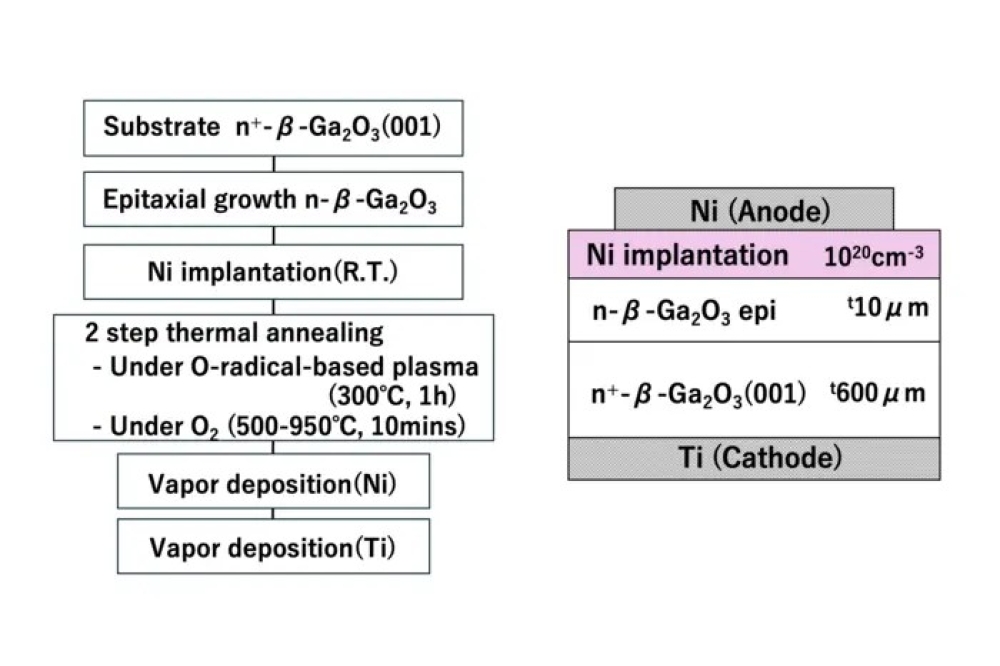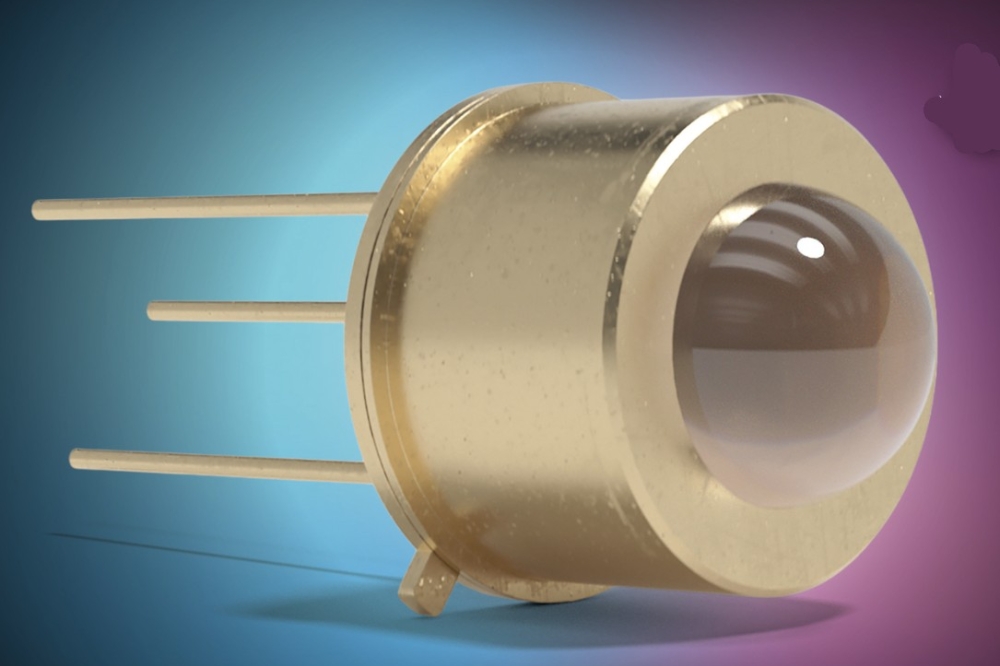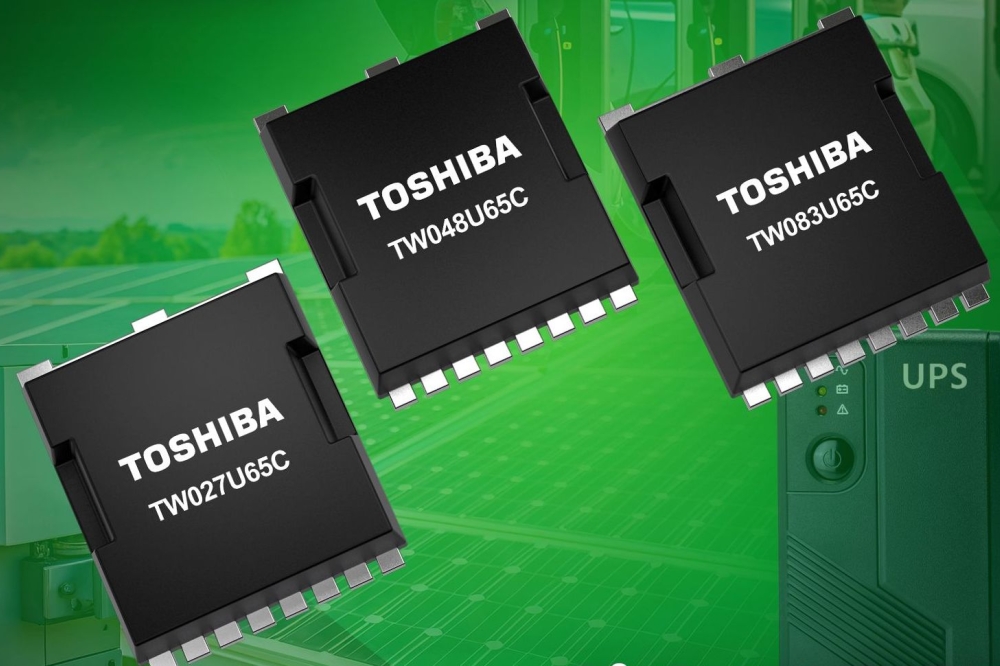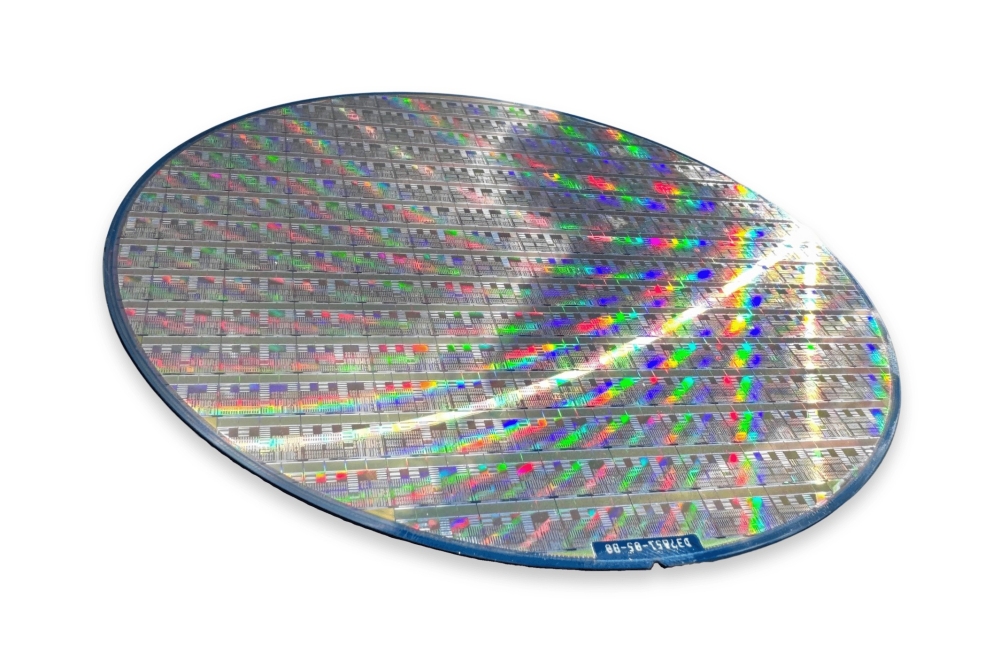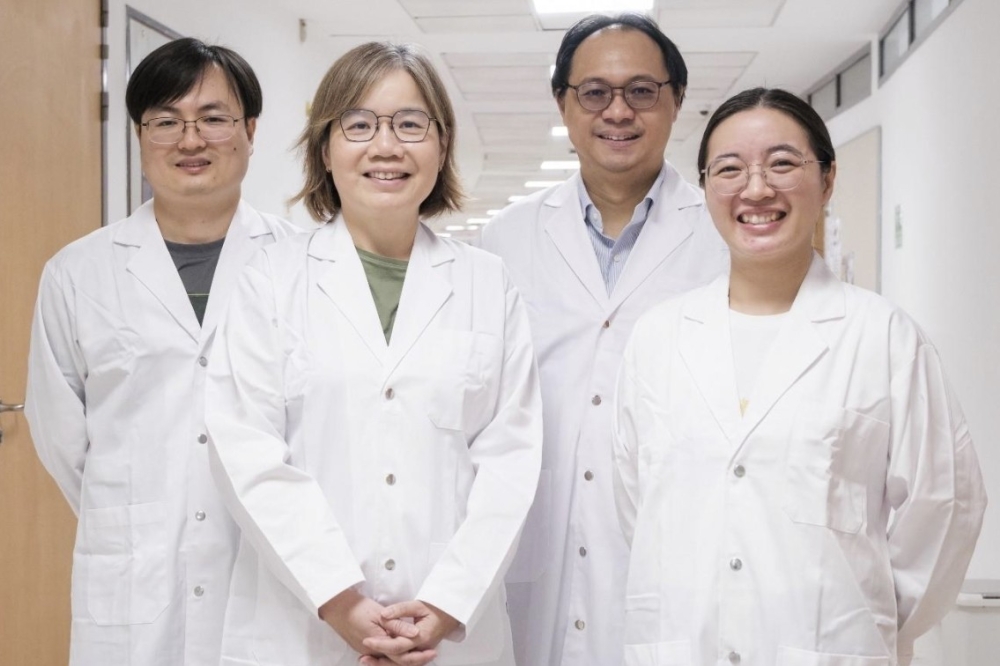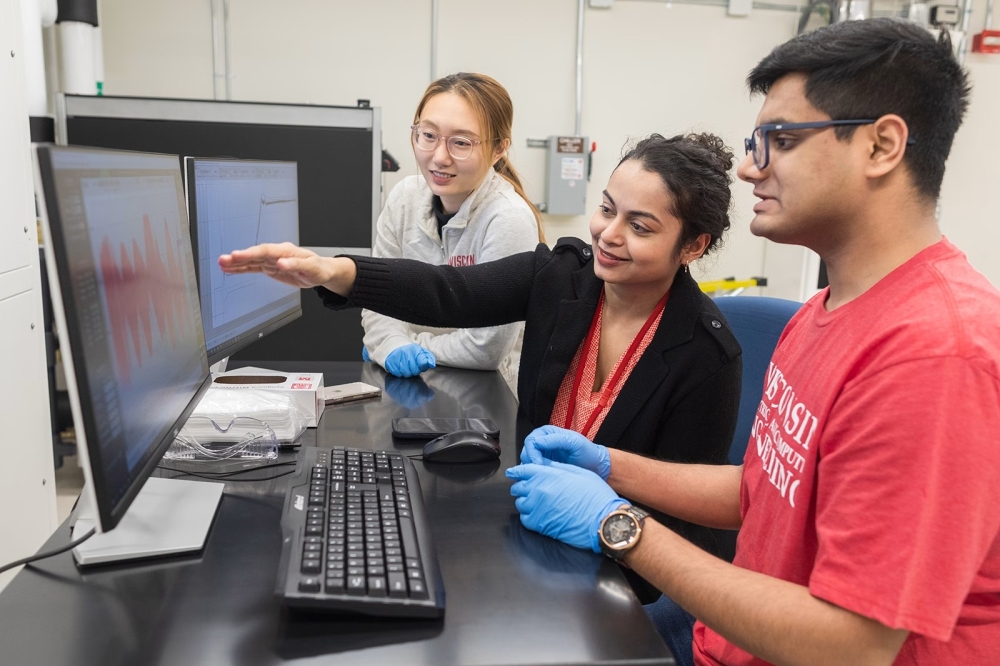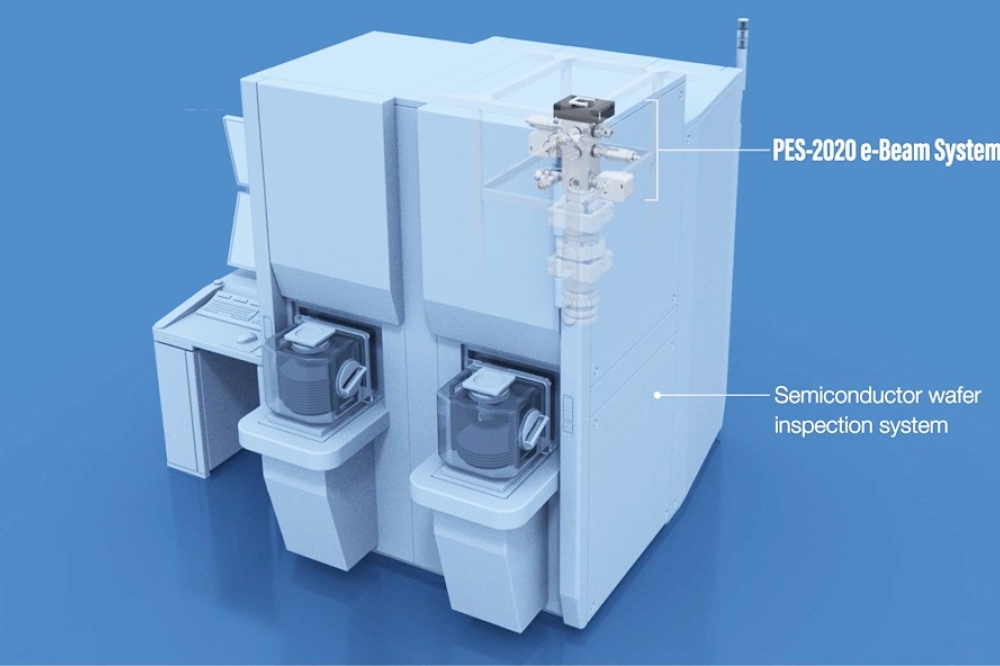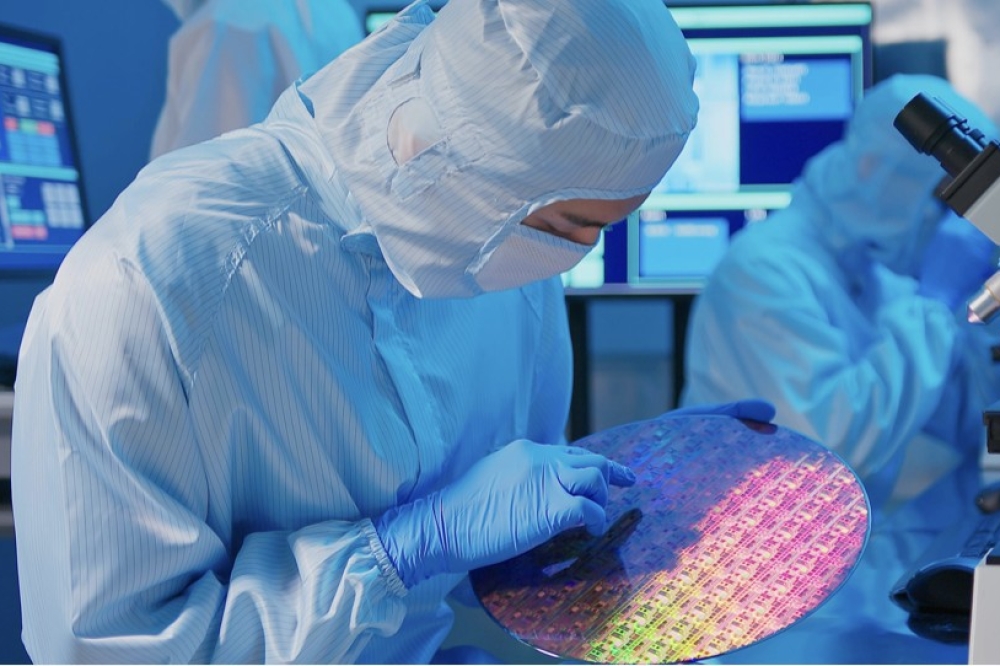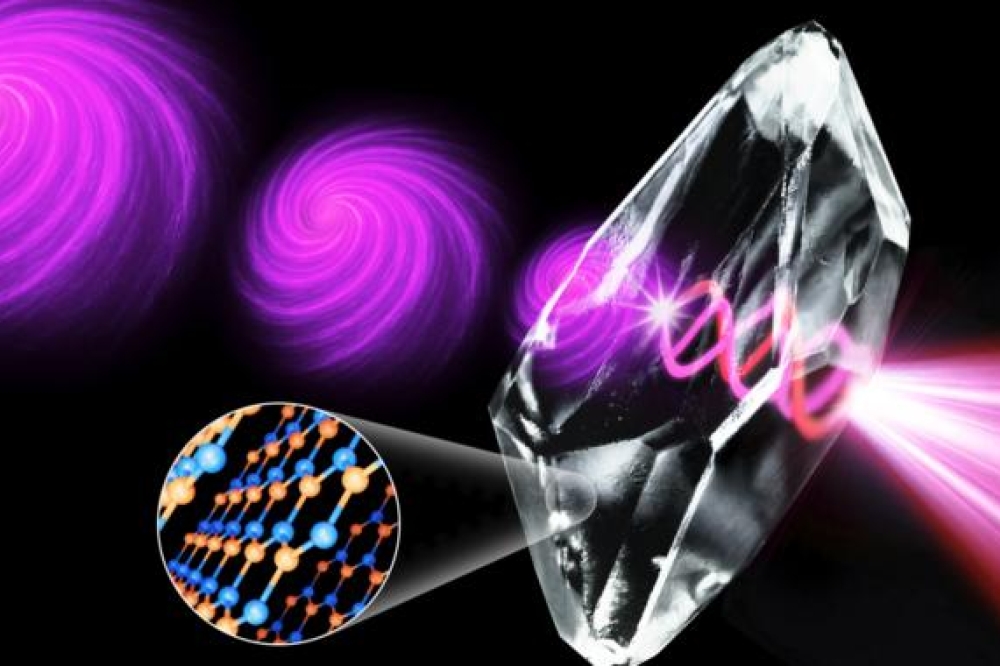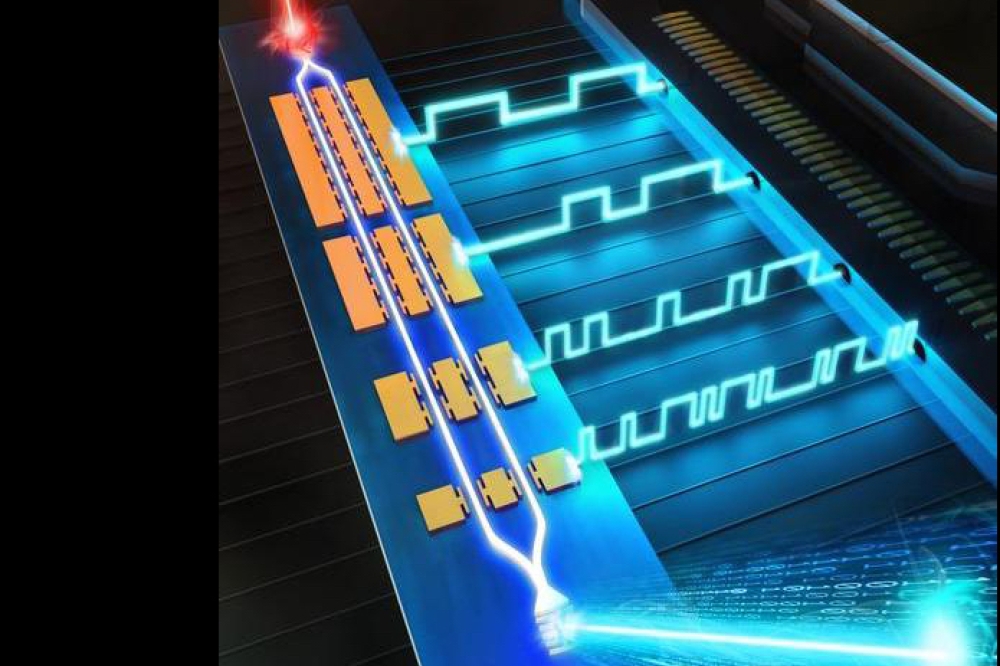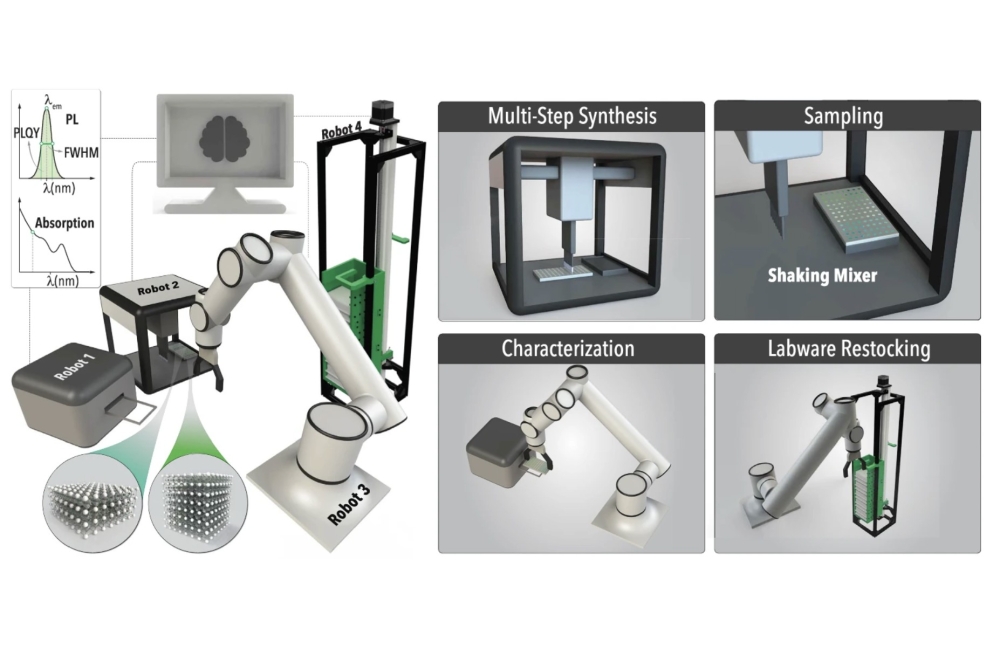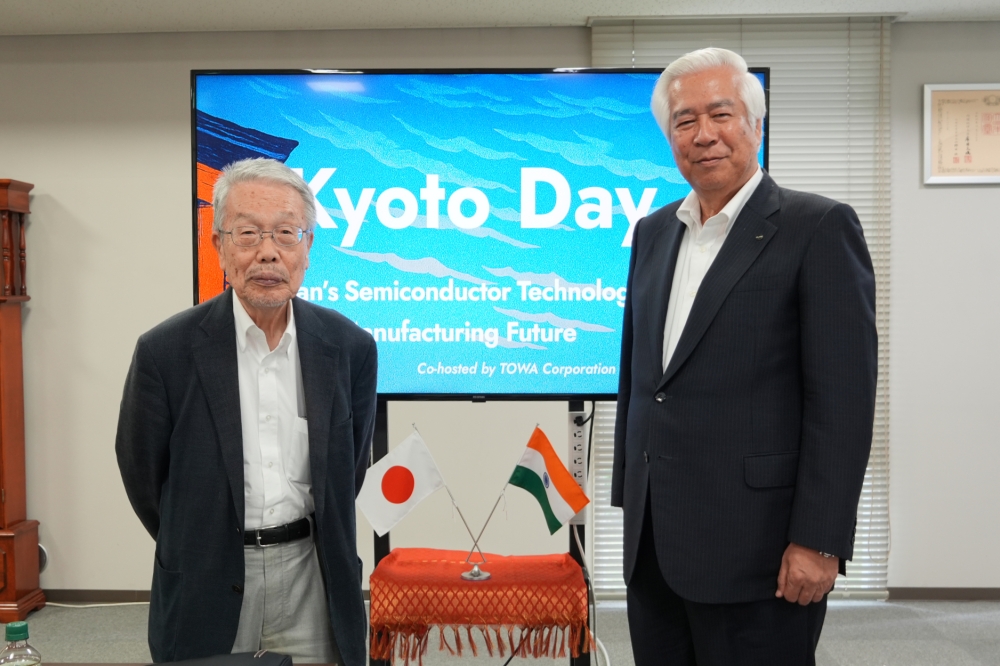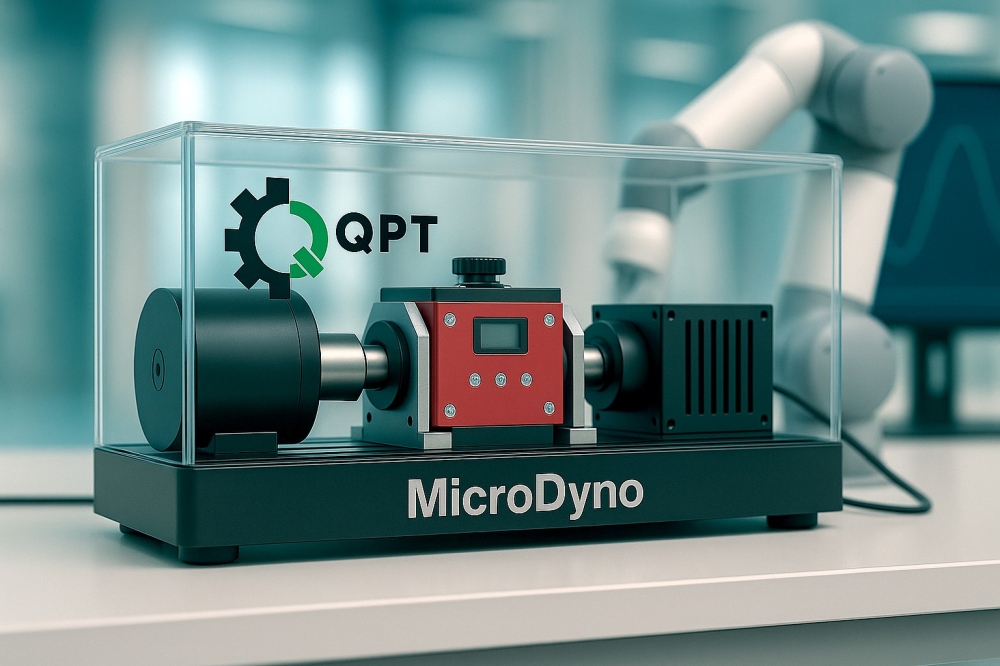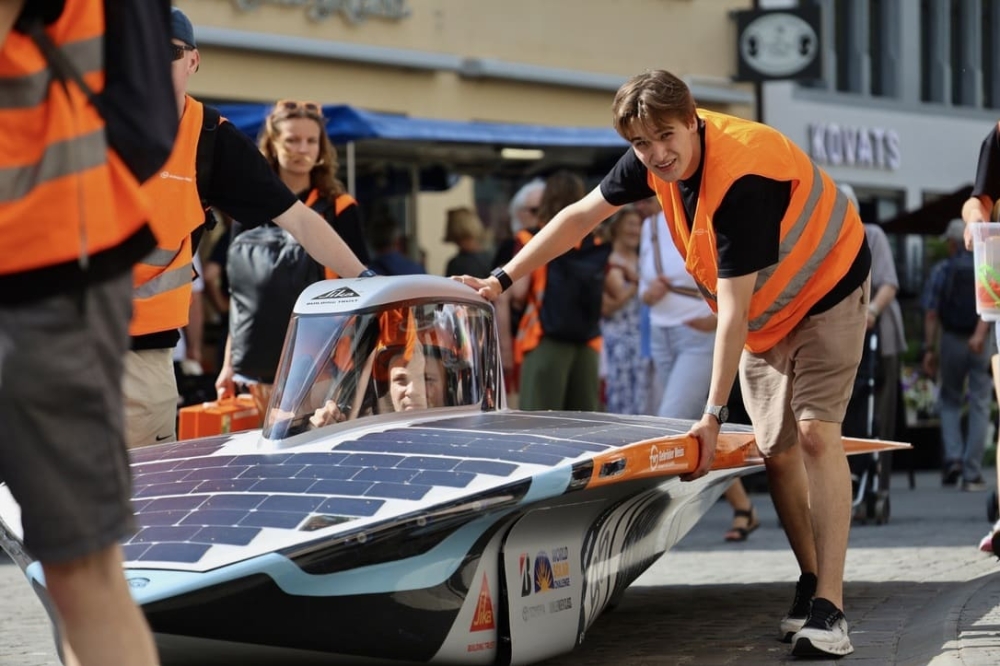Discovery introduces new InGaAs devices for Space

Discovery Semiconductors, a US supplier of optical receivers, test instruments and sub-systems, has introduced several new products using its Extended InGaAs Photodiode technology for a variety of space applications.
The devices are available in many configurations: single photodiodes, balanced photodiodes, and amplified optical receivers, in different packages such as fibre coupled butterfly modules having K or SMA connector, fibre coupled SMT modules having no co-ax connectors, and free space TO-5 packages having broad anti-reflection coatings.
These devices have undergone reliability and radiation testing to ensure proper functioning in space. The company has successfully flown devices on NASA’s Materials International Space Experiment (MISSE) 9 mission to the International Space Station (ISS) and proved the device and packaging technology can withstand the rigours of space flight, as well as the re-entry from space to Earth.
The packaged devices operate over a wide temperature range from extreme cryogenic up to +125 °C for special missions. The available bandwidth of these devices vary from a few MHz to 10+ GHz. The optical dynamic range may span from a few femto watts of optical input signal up to 50 mW, depending on the device configuration and application. The devices have wavelength coverage from 800 nm to 2400 nm at 25 °C, and are well suited for both direct detection and coherent detection.

